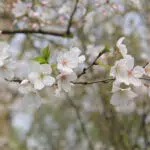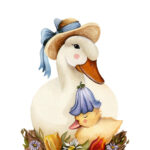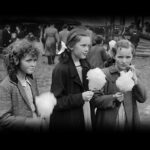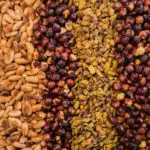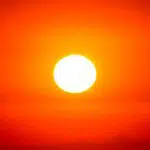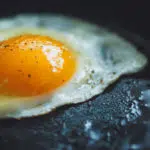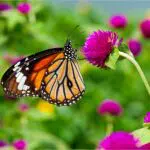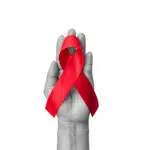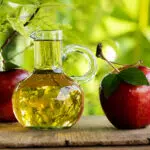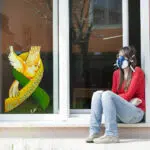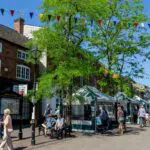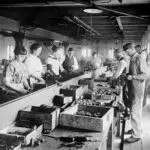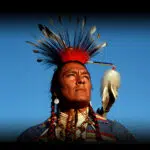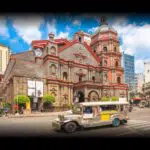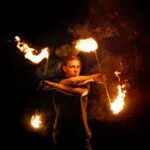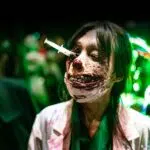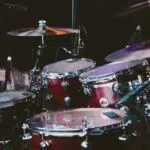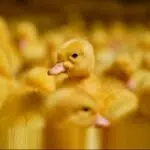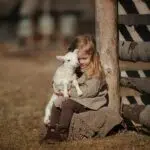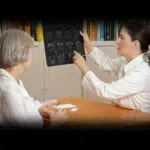The Bealtaine Festival in May is a month of celebration in Ireland that focuses on happiness, fun, and the expression of various art forms. Therefore, exhibitions, special performances, and workshops are held nationwide to celebrate this month. The purpose of the festival is to inspire individuals to be creative and expose the youth to different forms of art, including paintings, theater, music, dance, and sculptures. And guess what? The festival is so much fun that people from all over the world travel to Ireland in May to catch a glimpse of the magnificent art forms of the region. This year, skip the beaches and head out to Ireland to witness the grand festival.
History of Bealtaine Festival
The Bealtaine Festival is a historical event with its roots sewn in the region’s culture and traditions. The festival was initially celebrated to welcome the harvest season — summertime that opens a doorway for farming and cultivation. Initially, the festival was celebrated by Irish Celts and the residents of Scotland. While the forms of celebration have evolved over time, there was a time when Bealtaine was observed following ancient traditions such as rituals with fire, bonfires, and maypoles. It was believed that during this month, fairies and supernatural entities were present in the mortal realm; hence, the rituals were a way of ensuring that these beings crossed over to their world easily.According to Irish mythology, the place where the festival is held is sacred. This is because when Ireland was invaded during Bealtaine, Mide, the leader of the Memedian group, climbed atop Uisneach and built a fire there. This fire supposedly lasted seven years and was Mide’s claim to the land.Another myth narrates that Fionn MacCumhaill, a legendary hero, is also associated with the Bealtaine Festival. According to the legend, MacCumhaill defeated Aillen, also known as the monster of darkness, a fire-breathing being who lulled its victims to sleep with the harp and then breathed fire on them. Because the meaning of the name ‘Fionn’ in Irish is ‘bright,’ this battle is linked to welcoming the light after the darkness.
Bealtaine Festival timeline
Farmers herd their cattle to pass between bonfires during the festival, believing that the heat and smoke will purify and bless the herd with fertility.
On the night of April 30, the first Bealtaine Fire Festival is held in Calton Hill in Edinburgh, Scotland, celebrating the beginning of summer.
The Bealtaine Festival is revived on the Hill of Uisneach, Ireland, celebrated with a torchlit procession of people and bonfires.
Michael D. Higgins, the President of Ireland, is the first Irish leader to light the ceremonial fire of the festival.
Bealtaine Festival FAQs
What is the significance of Bealtaine?
Bealtaine has great significance to the Irish Celts. It celebrates the peak of spring and the beginning of summer and is also associated with fertility, love, and sunshine.
What are the four pagan festivals?
The four festivals are Imbolc, Bealtaine, Lughnasadh, and Samhain.
Where is Bealtaine celebrated in Ireland?
The festival is celebrated at the Hill of Uisneach, a ceremonial site at Rathconrath in County Westmeath, Ireland.
Bealtaine Festival Activities
-
Wear green
Since wearing green is a festival tradition, now is the time for you to do so. Green isn't your color? You can always wear a green tie or a green headband to keep up with the theme.
-
Have a bonfire
Since the festival has been celebrated with fire for centuries, you should incorporate fire into your festivities as well. Have a small bonfire with your family, accompanied by a B.B.Q. under the stars.
-
Give out flower garlands
As the festival welcomes the summer and the harvest season, one of the traditions includes wearing flowers to celebrate the day. Wear a garland or a flower crown, and give them out to others too.
5 Interesting Facts About Bealtaine
-
Wiccan beliefs
In Wiccan traditions, Bealtaine marks the battle between the May Queen and the Queen of the Winter.
-
Cross-quarter day
For the ancient Celts, Bealtaine was the halfway point between the spring equinox and summer solstice, also known as a cross-quarter day, marking the start of the summer.
-
Morris dancing
Morris dancing is a Bealtaine tradition where participants listen to and dance to the tune of drums.
-
Meaning of Bealtaine
It is a Celtic word that means the ‘fires of Bel’ — Bel is a Celtic deity, the god of sun and fire.
-
The courting ritual
Bealtaine included courting rituals that required men and women to collect flowers and light fires, which often led to marriages.
Why We Love Bealtaine Festival
-
It's a time to celebrate
We enjoy the festival because it is a time to celebrate and promote regional art through performances, workshops, and exhibitions, among other things. This month is the time to allow your imagination to run wild.
-
It celebrates traditions
The festival is special to both locals and visitors since it’s a time when the traditions of Bealtaine come to life. This exposes everyone to the unique culture of the area.
-
It is a manifestation of Irish mythology
The Bealtaine Festival is associated with several intriguing myths. Going over such mystical stories can be both exciting and educational for young people.
Bealtaine Festival dates
| Year | Date | Day |
|---|---|---|
| 2023 | May 1 | Monday |
| 2024 | May 1 | Wednesday |
| 2025 | May 1 | Thursday |
| 2026 | May 1 | Friday |
| 2027 | May 1 | Saturday |




